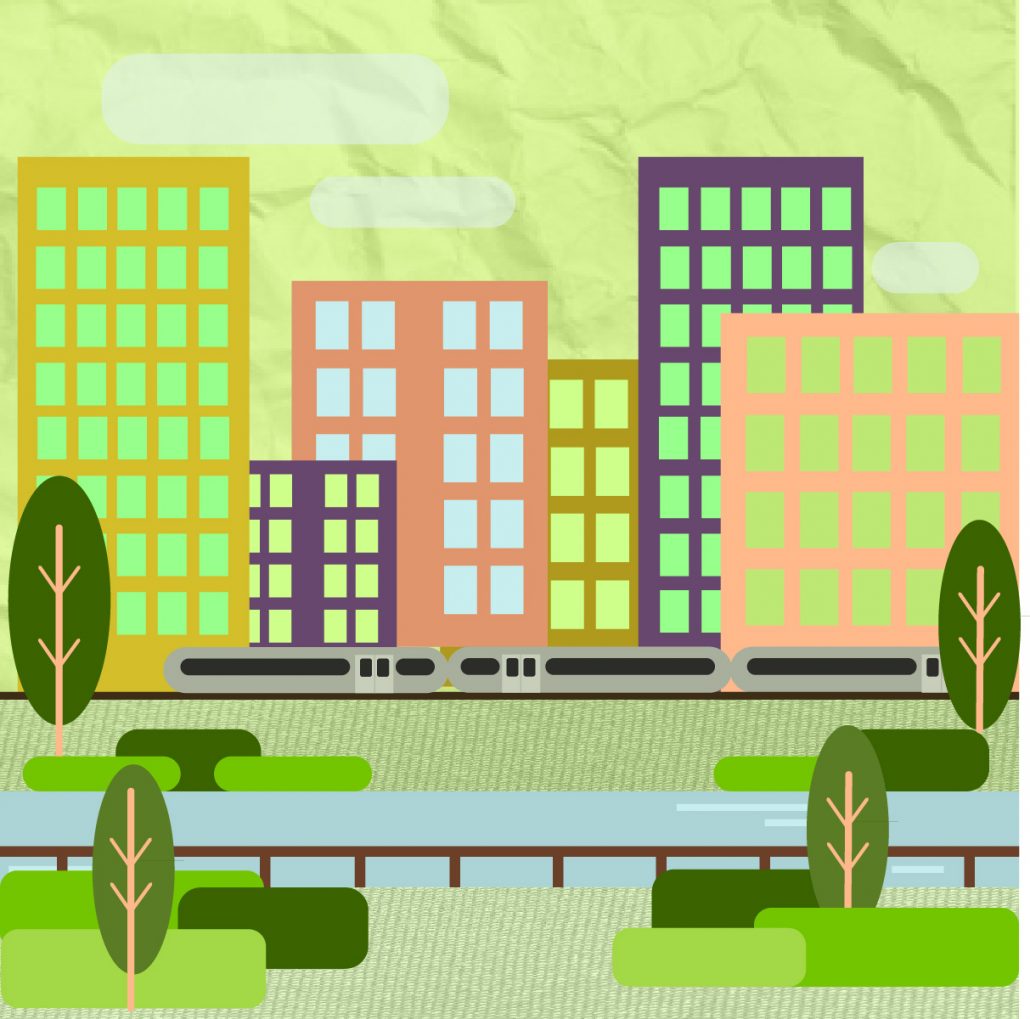Where the Sidewalk Starts: Younger generations are interested and invested in urban issues

What would Jane Jacobs do?
This question is part of the Facebook page URL for the group New Urbanist Memes for Transit Oriented Teens, a page where members partake in discussions about public transit, share memes about gentrification and construct maps of transit lines connecting all the Taco Bells in Austin, Texas. The members’ sacred text is revolutionary urbanist Jane Jacobs’ masterpiece, “The Death and Life of Great American Cities,” and their vision is the most efficient city: one that runs solely on electricity, without a single car in sight.
Younger generations are often written off when it comes to politics and policy change — Generation X and millennials comprise the majority of the voter population, but have low voter turnout, according to the Pew Research Center. Despite these numbers, young urbanists turn out for issues that affect them on the municipal level.
As a proud NUMTOT member, I’ve been mired in discussions about the San Francisco Bay Area Rapid Transit system and its efficiency in connecting over 100 miles of track along Northern California’s most densely populated area. As a result of these online discussions, I’ve participated in several BART surveys, as well as the D-CA 17th District town hall in San Jose, where community members raised local concerns about how opening a new BART station affects their lifestyles and the city itself.
NUMTOT members’ passion for urbanism seeps into the minds of even those not even in the group — I share my love for all things trains with almost anyone I travel with, and lament the use of ride-hailing services instead of public transit to exasperated Lyft drivers.
The most recent Millennial Impact Report from 2017 found that “millennials are driven to engage locally more than nationally. Even those who engage nationally don’t reduce their local activity as a result.” Many of the issues they advocate for have direct consequences on their own lives. The Guardian reports that the various interests this age group has — environmentalism, equality and affordable housing — intersect with urbanism.
It makes sense: Younger generations are worried about the state of cities, the state of the environment and the density of human life due to the ensuing threat of overpopulation. They raise awareness of cross-city parallels like poor highway planning and excess car fuel emissions through niche memes and sardonically aware texts posts.
The goal? To share a laugh, but also to teach others more about local issues and ideate solutions for the long term.
Almost 135,000 members strong, the page has many relatives — NUMTinder was created for those interested in urbanist issues to find possible romantic relationships, and an entire page exists dedicated to memes solely about New York City’s Metropolitan Transportation Agency.
These groups aren’t all relegated to Facebook — the Instagram community of urban photographers is hundreds strong. Some very popular Reddit threads explore experiences on public transit and city planning, and Tumblr accounts like McMansion Hell, a satirical commentary blog on excessively and inefficiently ornamented suburban houses, intend to “educate the masses about architectural concepts, urban planning, environmentalism and history.”
But beyond social media platforms, the increased interest in urbanism is visible in traditional education and career pathways. The Price School of Public Policy enrolled 2,028 students last fall, an uptick of almost 200 students from the year before. Apps like CitySwipe, described by the Guardian as “Tinder for cities,” aim to gather opinions of the general public and promote more inclusive urban planning.
Younger generations are interested in policy change that affects their daily lives, an increase in bike lanes and caps on fuel emissions to lower smog levels. This doesn’t mean they are politically unengaged.
This column is a beginner’s foray into the state of city matters. I hope to spark interest in the rise of urbanism and all of its related social issues — gentrification, homelessness, inequality — and perhaps incite readers to take action, whether it be participating in the upcoming election or entirely switching one’s field of study to urban studies and planning. By sharing my own experiences, I hope that others may find cities and urban life just as beautiful and problematic as I do.
Breanna de Vera is a sophomore writing about urban planning. She is also the opinion editor of the Daily Trojan. Her column, “Where the Sidewalk Starts” runs Mondays.

